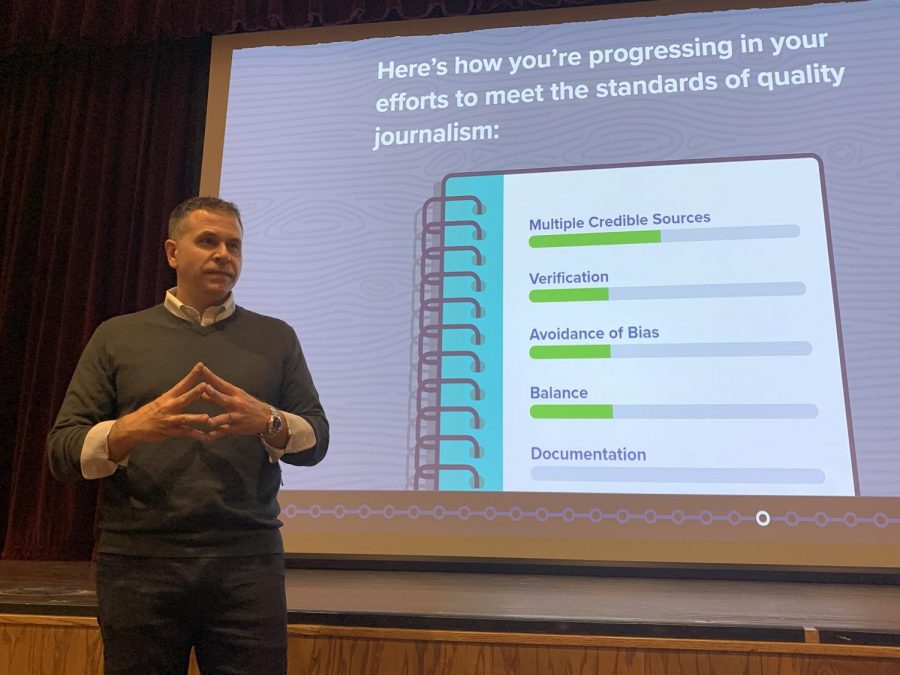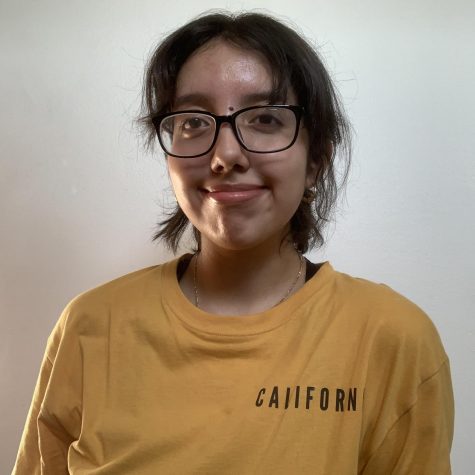Students get an inside look on how to navigate through fake news
Photo by Leslie Najera-Rivas
SVP of education of the News Literacy Project Peter Adams educates teens with related skills and concepts as a way to browse the internet better on Jan. 24.
February 18, 2020
Using viral tweets and humor to engage with the audience, senior vice president of education of the News Literacy Project Peter Adams helped teens be aware of fake news on the internet on Jan. 24.
“I think you have a right to news literacy education,” Adams said.
Lateral reading, critical observation, reverse image searching, and geolocation are techniques that Adams gave students to become better informed on the internet.
“Going upstream, trying to find out where something came from. If I want to find out [anything] I would have to get back to the earliest instance of that picture doing a reverse image search,” Adams said.
English classrooms during News Literacy week on Jan. 27 through Jan. 31, applied situations that students can better learn how to browse the internet.
“If you can get clicks then you can get dollars and that has set a lot of things sideways. If we don’t teach you how to grapple with this as part of your education (then) we’re disempowering us civically,” Adams said. “That’s what I say to teachers when I talk to them. I think that’s why it’s important.”
Adams believes people should be aware of information.
“I’ve learned that the modern information environment is evolving more quickly and expanding more rapidly than people can keep up with and that organizations like ours need to try and help young people focus on understanding the changes and what it means for their lives,” Adams said.
After the presentation, journalism students practiced with a hands-on experience using practice news stories with sources and witnesses.
The News Literacy Project also has an app ‘Informable’ that is available on the app store that has examples of ads and teaches students what is reliable.
For more information on the News Literacy Project visit newslit.org.






